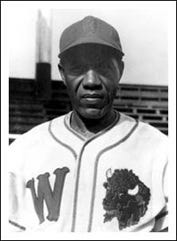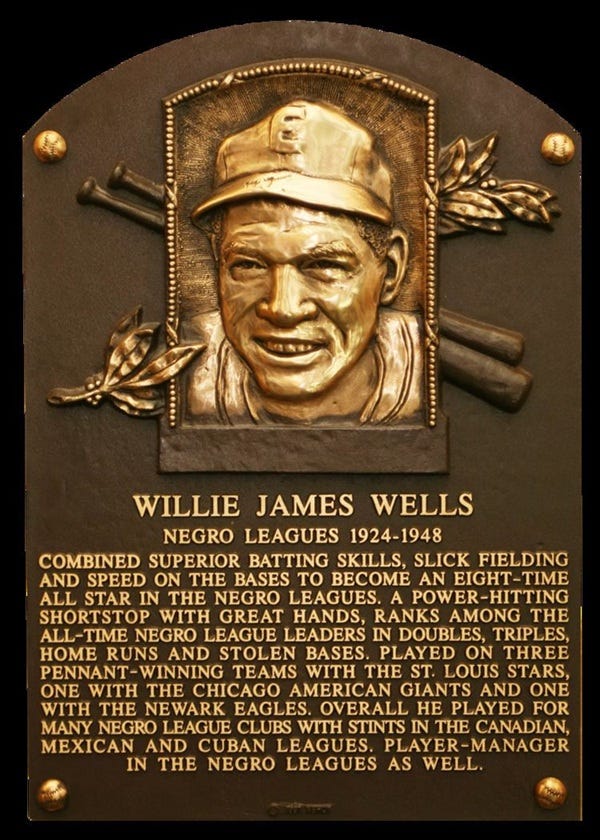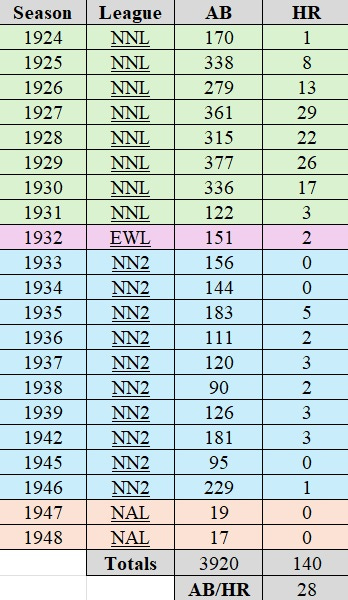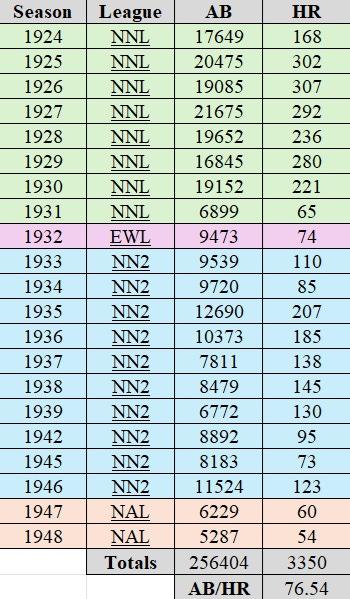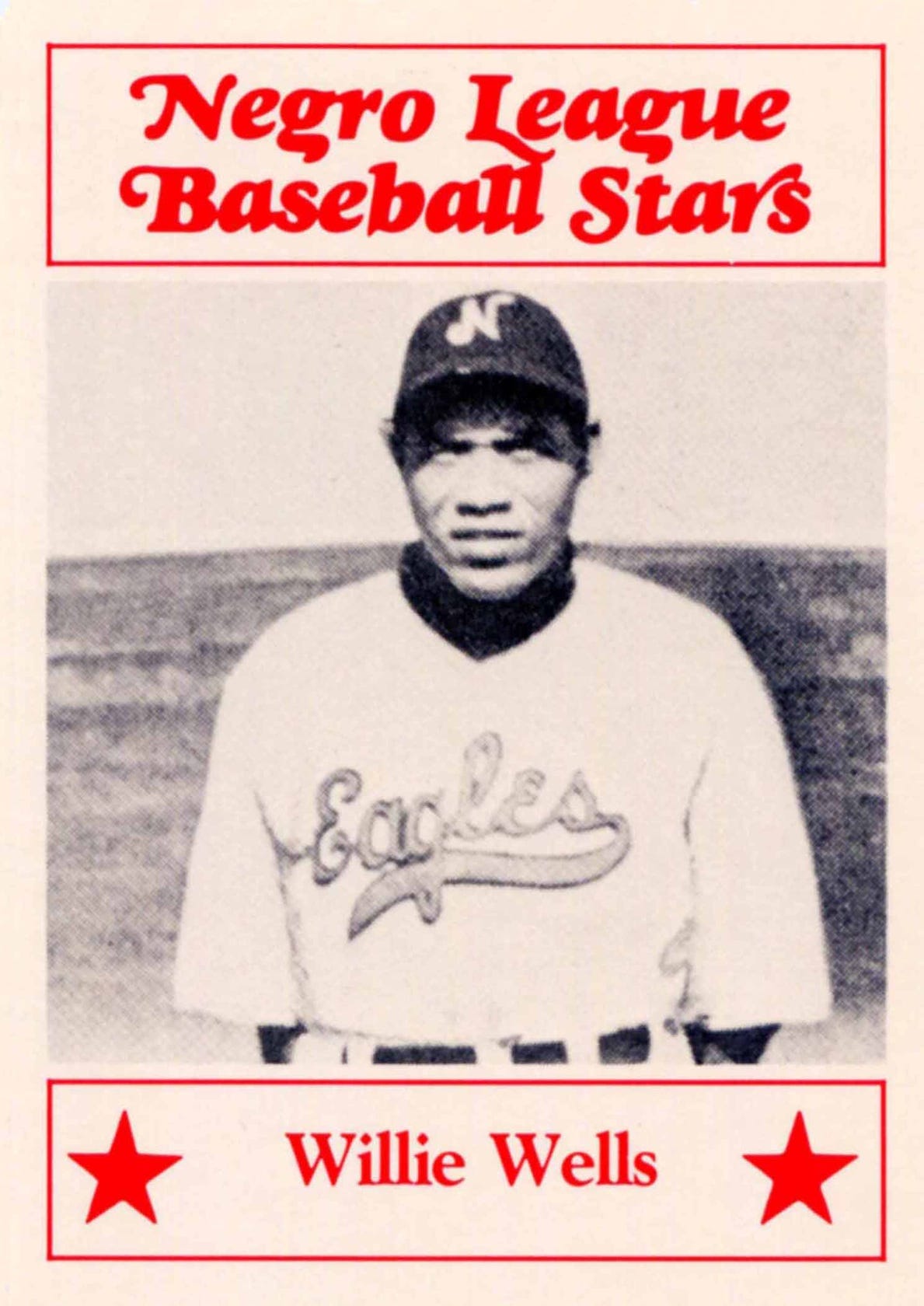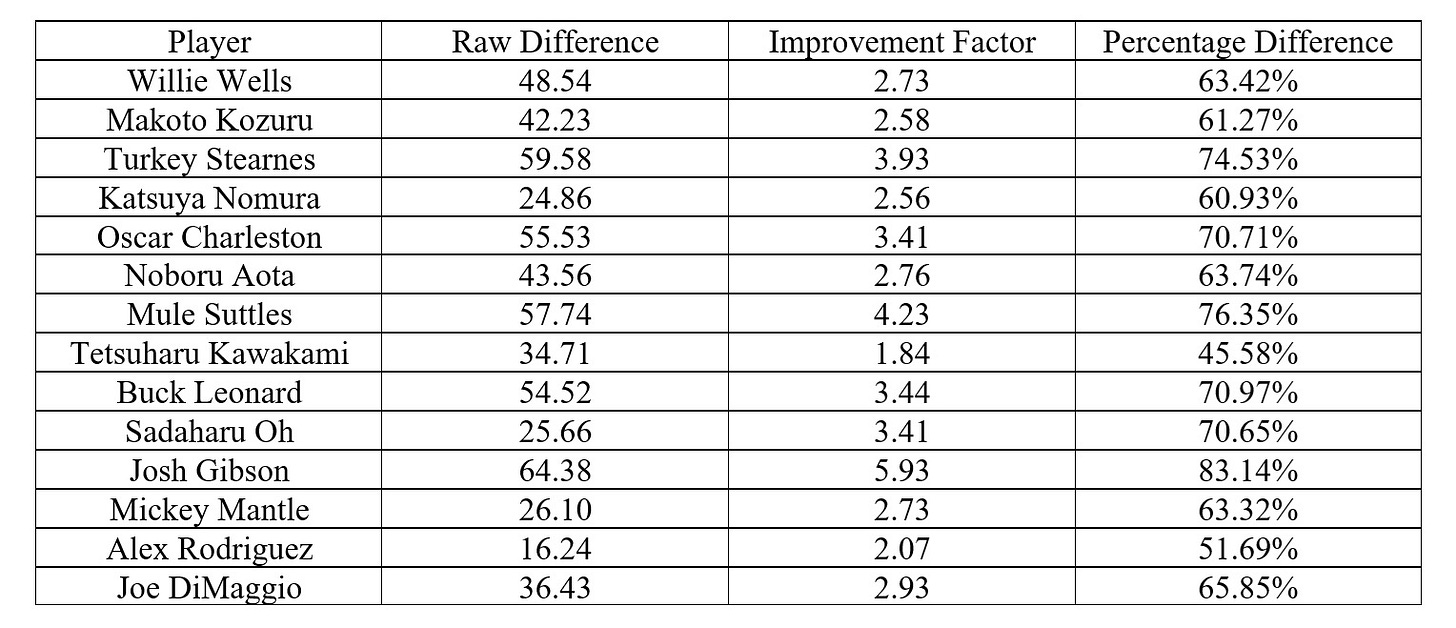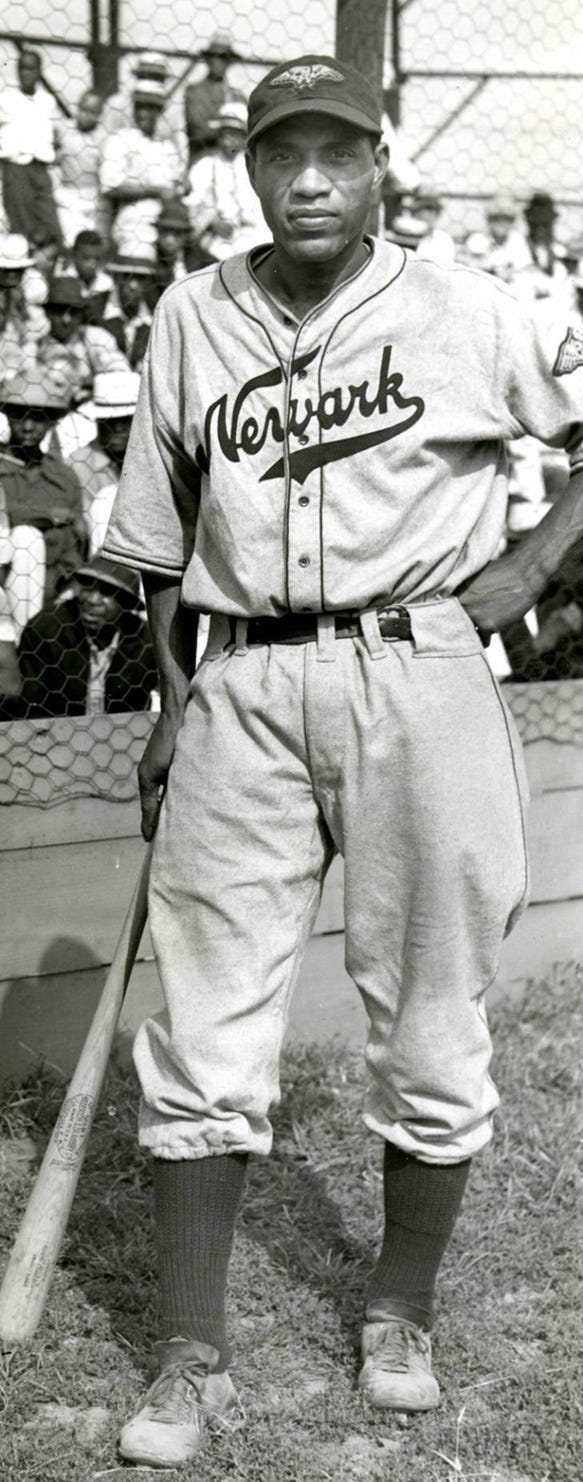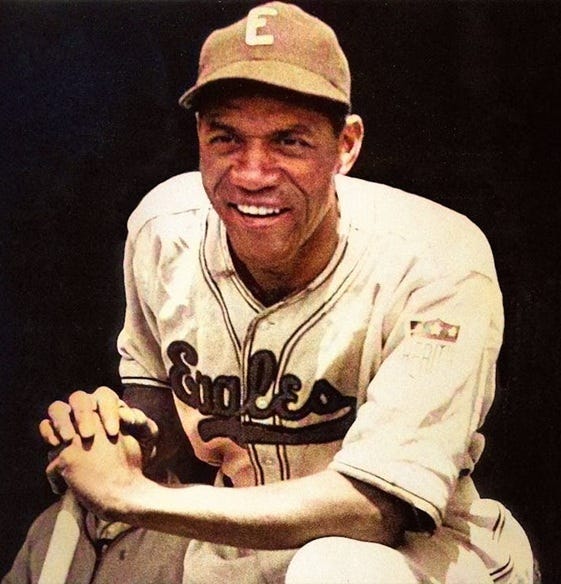This project aims to determine the greatest home run hitter of all time by comparing each slugger’s statistics to the average of their era using three formulas. The final adjusted stats will then be used to compare them head-to-head with other all-time greats.
If you find this content valuable and would like to support the ongoing studies and articles, your contributions via CashApp are truly appreciated.
Your support helps fund the tools, research, and time dedicated to these projects. Every contribution, no matter the size, plays an important role in keeping this work going.
If you're unable to contribute financially, sharing this article on your social media (X, Facebook, etc.), emailing it to a friend, or texting the link to a fellow baseball fan is just as valuable.
Thank you for your support!
Willie Wells will be the next legendary Negro League home run hitter examined in this study. For a brief biography of Wells, please click here.
According to Baseball Reference, Willie Wells’ official statistics reveal a total of 140 home runs over 3,920 at-bats, resulting in an average of 28 at-bats per home run (AB/HR).
Willie Wells played in the Negro National League (NNL) from 1924 to 1931, the East-West League (EWL) in 1932, and the Negro National League II (NN2) from 1933 to 1939, as well as in 1942 and 1945-1946. He also played in the Negro American League (NAL) from 1947 to 1948.
When aggregating the statistics from each of the seasons Wells competed in, the combined league totals include 256,404 at-bats and 3,350 home runs, resulting in an average of 76.54 at-bats per home run (AB/HR).
With this data, we can evaluate how Wells’ performance compared to the average Negro League hitter of his era.
Raw Difference: 48.54
Formula: League Average – Player Career AverageImprovement Factor: 2.73
Formula: League Average / Player Career AveragePercentage Difference: 63.42%
Formula: (League Average – Player Career Average) / League Average × 100%
Wells averaged 28 at-bats per home run, significantly better than the Negro League average of 76.54 AB/HR during his era. This indicates he was a standout power hitter, hitting home runs at a much higher frequency than his peers.
The difference of 48.54 at-bats per home run highlights the gap between Wells’ performance and the league average. In practical terms, if a typical Negro League hitter needed 76 swings to hit a home run, Wells achieved the same result in nearly half the opportunities.
Wells was 2.73 times more efficient at hitting home runs than the average player. Wells’ AB/HR rate was 63.42% better than the league average. This percentage underscores his dominance—his performance wasn’t just incrementally better; it was a dramatic leap over the norm.
Willie Wells was an exceptional home run hitter compared to his contemporaries. His 28 AB/HR rate places him among the Negro Leagues’ most efficient sluggers, showcasing his ability to consistently drive the ball out of the park. An improvement factor of 2.73 and a 63.42% better-than-average performance indicate Wells wasn’t just above average—he was in a league of his own among power hitters of his time.
In our initial analysis, we examined the careers of Mickey Mantle, Alex Rodriguez, and Joe DiMaggio using our formulas. Following that, we also evaluated the careers of Josh Gibson, Sadaharu Oh, Buck Leonard, Tetsuharu Kawakami, Mule Suttles, Noboru Aota, Oscar Charleston, Katsuya Nomura, Turkey Stearnes, and Makoto Kozuru.
Now, let's compare Wells’ career statistics against these baseball legends to gain a clearer perspective on how he stacks up.
Raw Difference (48.54):
Wells’ raw difference ranks him in the upper tier of this group. He’s ahead of stars like Mickey Mantle (26.10), Alex Rodriguez (16.24), Joe DiMaggio (36.43), Sadaharu Oh (25.66), and Katsuya Nomura (24.86), showing he outpaced some of the most iconic sluggers in history in raw efficiency relative to his league.
Improvement Factor (2.73):
Wells’ 2.73 improvement factor means he hit home runs 2.73 times more frequently than the Negro League average. This ties him with Mickey Mantle (2.73) and places him ahead of Alex Rodriguez (2.07), Tetsuharu Kawakami (1.84), and even Makoto Kozuru (2.58).
Percentage Difference (63.42%):
Wells’ 63.42% improvement over the league average is remarkable. He’s neck-and-neck with Mantle (63.32%), Noboru Aota (63.74%), and Joe DiMaggio (65.85%), and he outshines Rodriguez (51.69%), Kawakami (45.58%), and Nomura (60.93%).
In summary, Willie Wells shines brightly in this pantheon of baseball greats. His 63.42% improvement over the Negro League average matches Mickey Mantle’s MLB performance and surpasses Alex Rodriguez’s, proving Wells was a top tier slugger. His 28 AB/HR rate is a testament to his raw power and efficiency—few could match his ability to send balls soaring out of the park.
Wells outperforms iconic names like Rodriguez, Nomura, and Kawakami across multiple metrics, and he holds his own against Mantle and DiMaggio. Imagine Wells stepping onto Yankee Stadium’s field—his stats suggest he’d have been a superstar in any league, not just the Negro Leagues.
Wells’ numbers—48.54/2.73/63.42%—paint a picture of a player who redefined power hitting in his era. His stats rival those of Sadaharu Oh and Buck Leonard, yet his story often flies under the radar. He didn’t just play the game; he dominated it, leaving a legacy that demands recognition alongside baseball’s biggest names.

